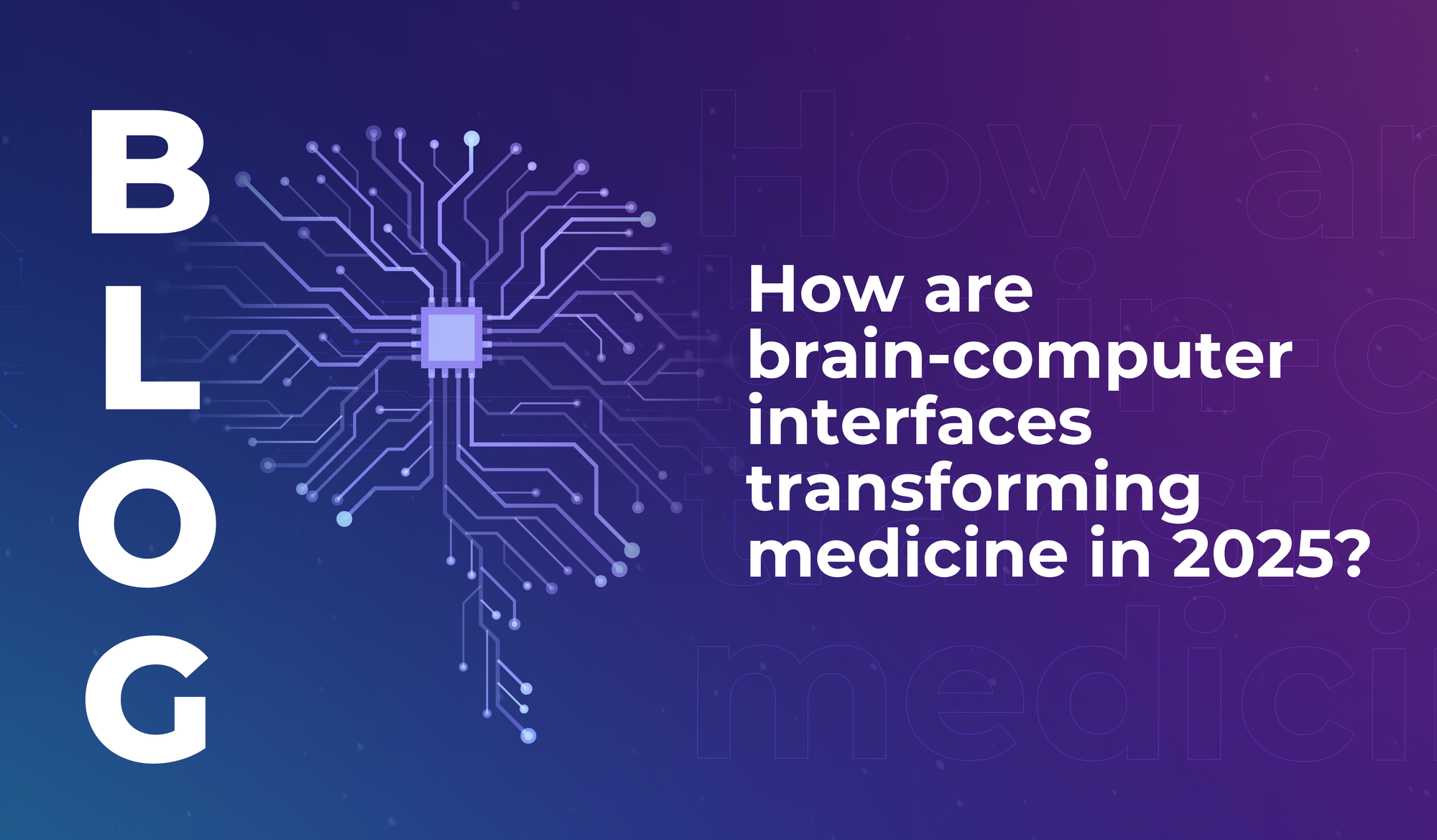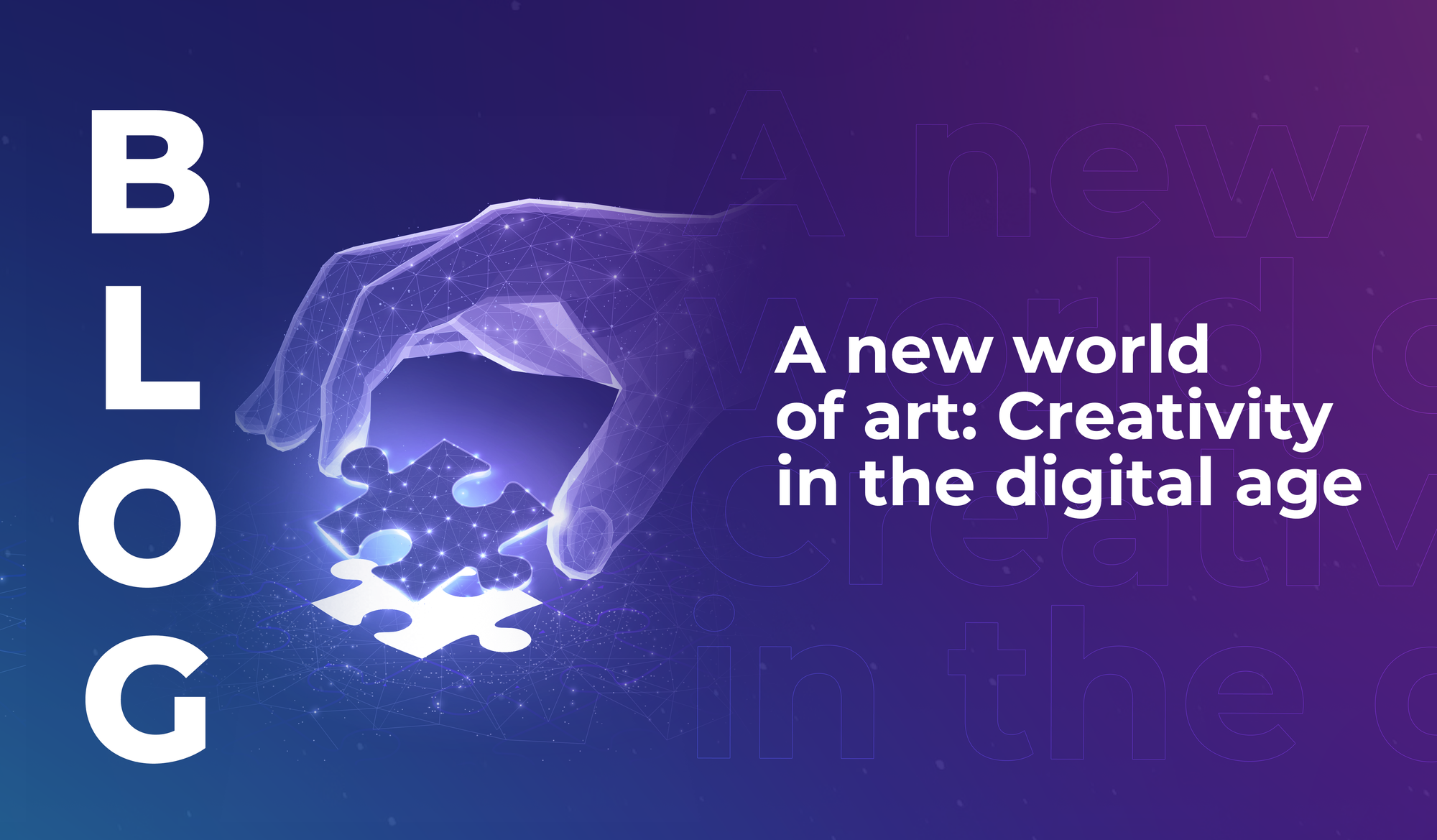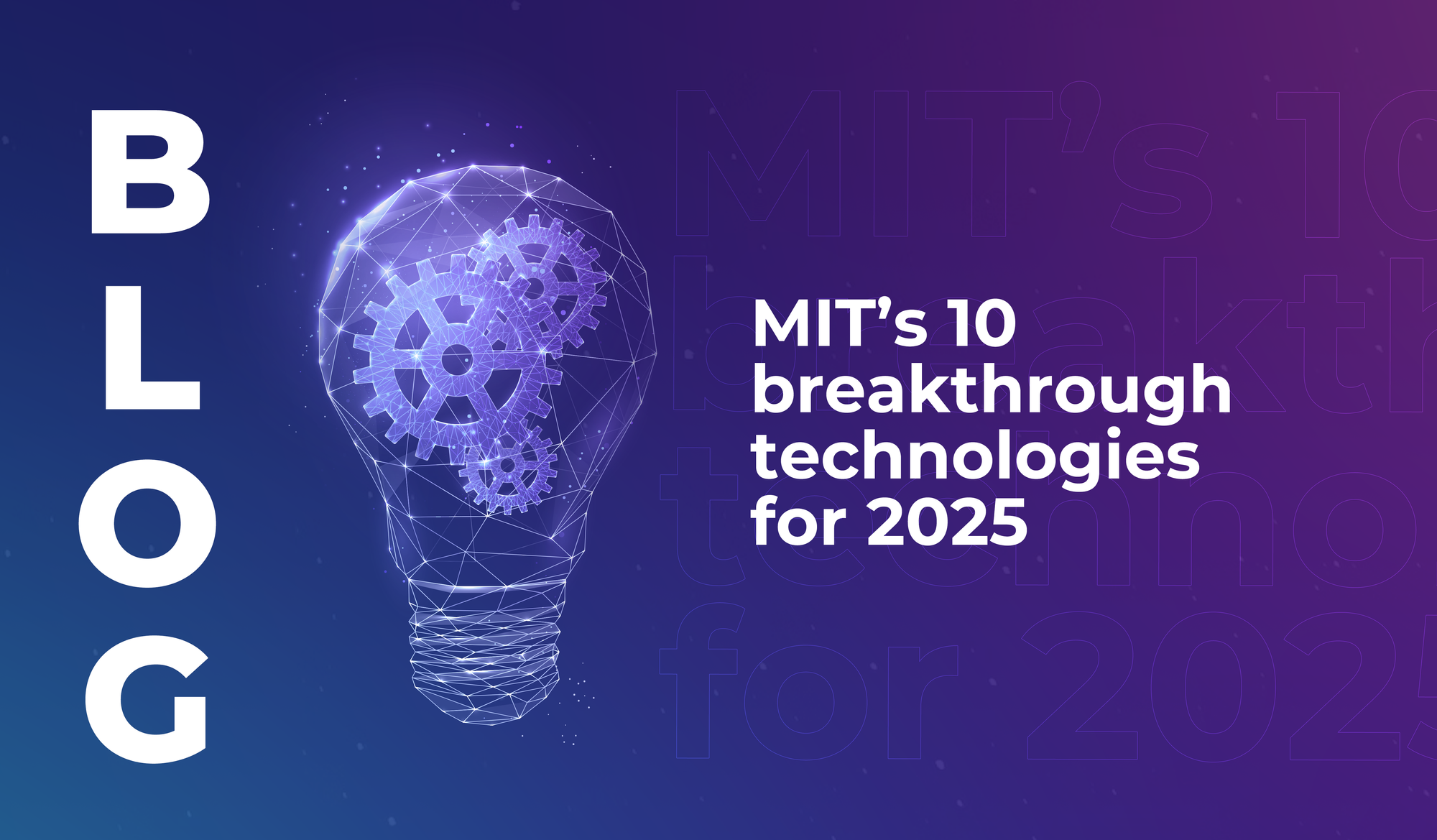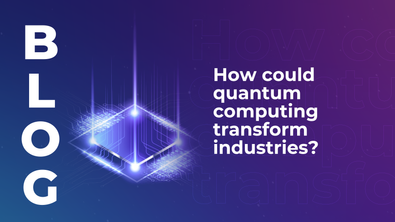
How are brain-computer interfaces transforming medicine in 2025?
Discover how brain-computer interfaces (BCIs) are creating new possibilities in healthcare and medicine.


Technology and art have always had an intricate relationship. Sometimes that relationship feels a little uneasy, or wary; and sometimes it’s incredibly exciting. Either way, tech developments have always enabled transformations in artistic practice – and art influences tech development too.
As artists push boundaries and explore new modes of expression, technology increasingly becomes a collaborator rather than a tool. At the forefront of this movement are visionaries like LEAP speakers Stephanie Singer (Creative Director at BitterSuite) and Otto Plesner (Creative Director at RenaiXance). Both of them explore the intersection of art and technology in ways that deepen human connection, rather than diminish it.
Singer’s work is rooted in music but extends into the realms of touch, taste, and movement. BitterSuite, her immersive multi-sensory experience, is designed to help audiences ‘feel’ music – rather than just hear it. Her journey began with a childhood memory:
“When I was five, I went to a Stravinsky concert and spent the whole time imagining birds flying and dancing around the auditorium, perfectly in sync with the music. That moment transformed the way I listened, turning music into something I could see and feel, not just hear.”
This early experience led her to explore synaesthesia (the blending of senses) and later, how technology could amplify this effect. But Singer is selective about the role technology plays in her work.
“For me, technology should never be an assumed or automatic part of a musical experience,” she said. “It’s the job of creatives to ask: is this essential? Does it help achieve the emotional core of the experience? If the answer is no – if it doesn’t move audiences closer to that connection – then it’s non-essential, and it doesn’t belong.”
Through partnerships with Oxford University and years of experimentation, BitterSuite has created intimate, transformative musical experiences. Now, Singer is working on scaling these experiences to reach larger audiences while preserving the emotional depth that makes them unique.
Where Singer enhances sensory immersion through technology, Otto Plesner approaches art-tech integration from a different angle – one that incorporates AI and real-time interaction. His multi-sensory show The Art of Memory immerses audiences in the mind of an Alzheimer’s patient; using AI-powered visuals, music, and scent to evoke memory and loss.
Plesner, with a background in theatre and performing arts, sees technology as a means to expand the language of artistic expression – not just a way to replace traditional methods.
“We are increasingly capable of engaging with art in real-time, allowing audiences to influence it through their movements, touch, or even thoughts. This opens up possibilities for more collective art experiences generated by the presence of many, fostering feelings of collectivity, connectivity, and unity.”
While AI has sparked anxiety in the artistic community, Plesner views it as just another evolution in artistic mediums, akin to the rise of photography or digital art.
“There may be some aspects to be cautious of, and of course we need to always seek authenticity in the new and innovative; however, I also believe that the power of AI lies in its interaction with the physical and real crafts. AI and tech on their own as an art form are not very interesting until the human aspect influences them.”
For Plesner, the human-technology interplay is where the real magic happens. He envisions a future where AI doesn’t replace artists but enhances their ability to tell stories, evoke emotions, and create experiences that were once unimaginable.
Both Singer and Plesner demonstrate that technology in art doesn’t have to be about the displacement of artists, but expansion of practices and potential impact. The key lies in intentionality – using technology to elevate the emotional and sensory power of art, and never letting the tech become a distraction.
Singer’s work with BitterSuite shows how technology can deepen musical experiences when applied thoughtfully. Plesner’s AI-infused performances reveal how digital tools can heighten artistic expression, not dilute its authenticity.
Plesner said:
“The arts are essentially using imagination to dream up the future, and as time goes by, slowly but surely some of these dreams turn into reality.”
Perhaps one day, as Plesner hopes, we’ll even witness an opera performed among the stars. Until then, the fusion of art and technology continues to redefine the way we experience creativity – making it more immersive, more interactive, and even more deeply human than ever before.

Discover how brain-computer interfaces (BCIs) are creating new possibilities in healthcare and medicine.

Following the reveal of Microsoft’s new quantum chip, we explore how quantum computing could transform industries.

Discover the ten technologies that MIT researchers predict will have a major impact on our world for decades to come.

Discover how brain-computer interfaces (BCIs) are creating new possibilities in healthcare and medicine.

Following the reveal of Microsoft’s new quantum chip, we explore how quantum computing could transform industries.

Discover the ten technologies that MIT researchers predict will have a major impact on our world for decades to come.